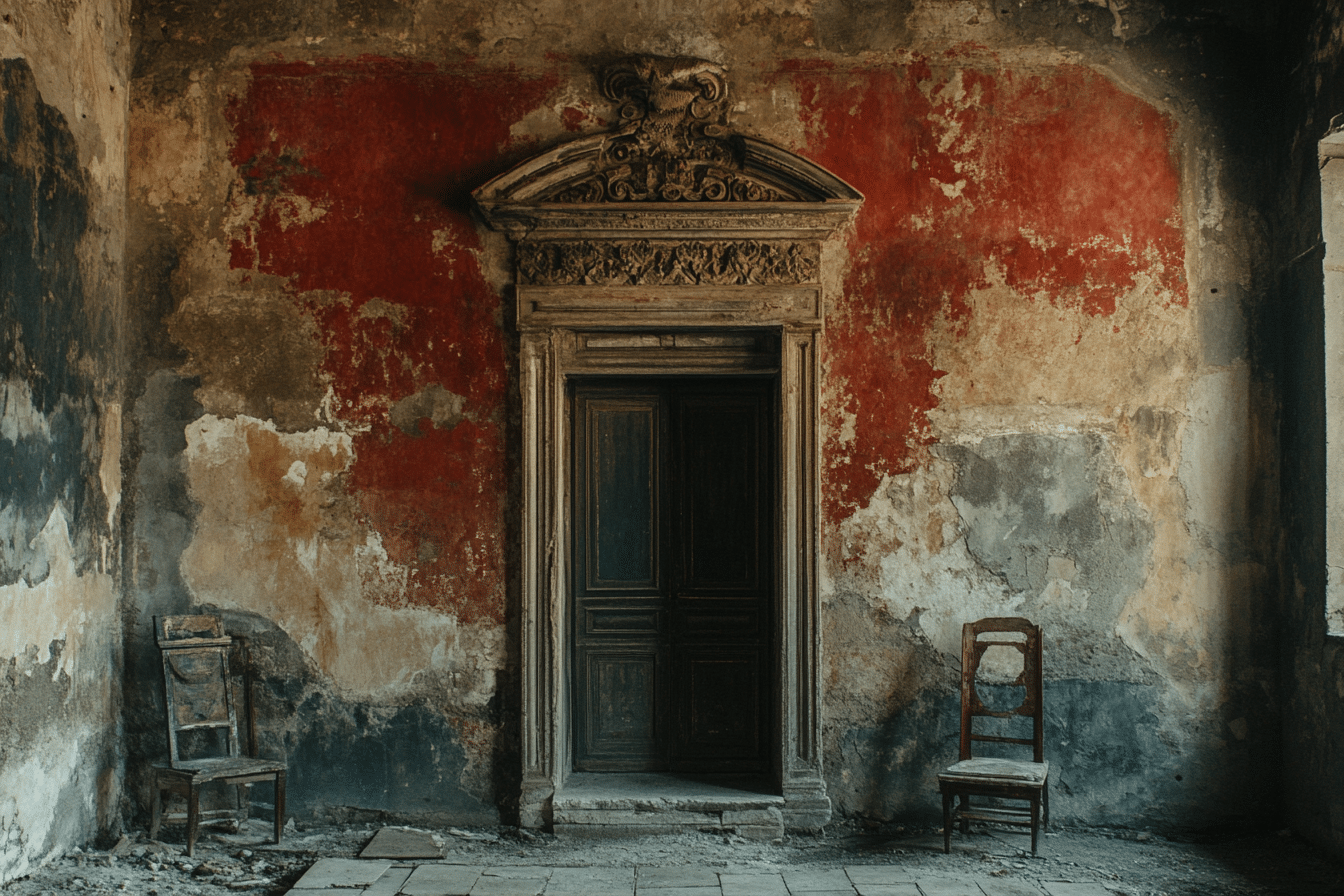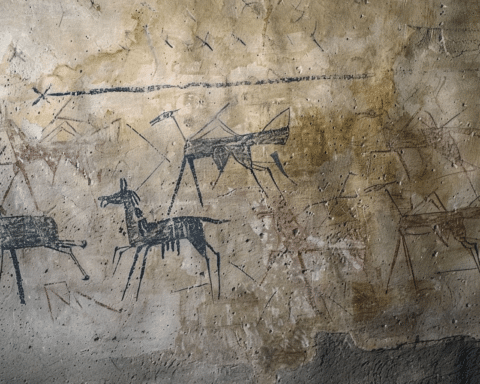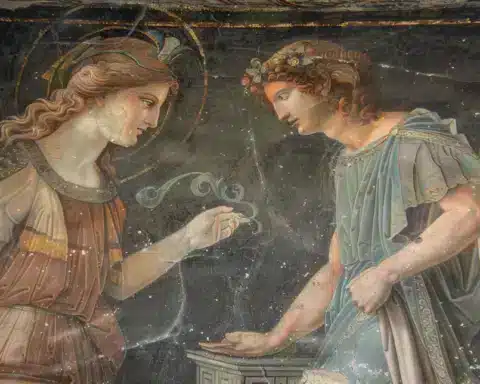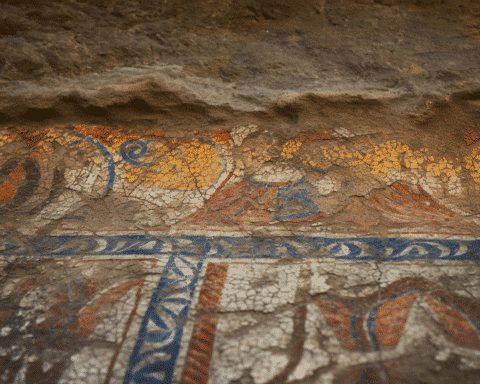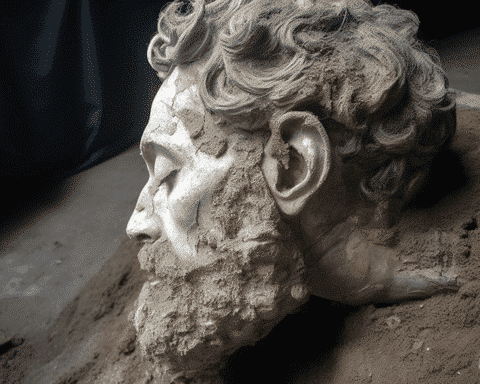Archaeologists have uncovered a rare treasure in the ancient Roman city of Pompeii—a tiny yet exquisitely decorated house adorned with mythological frescoes. Known as the House of Phaedra, this unique dwelling sheds new light on architectural trends in the first century AD and is a testament to Pompeii’s rich cultural history.
An Uncommon Architectural Marvel
Unlike the grand Roman homes of its time, the House of Phaedra defies tradition. It was not built around a central atrium—a hallmark feature of Roman architecture—but still captivates with its intricate artistry. According to the Pompeii Archaeological Park, the house “strikes us for the high level of its wall decorations,” which rival those of much larger and more luxurious residences nearby.
The frescoes, remarkably well-preserved despite the house’s modest size, depict vivid mythological scenes. These artworks highlight the importance of aesthetics over spatial grandeur, showcasing that beauty was accessible to various social classes in Pompeii.
Mythological Scenes Come to Life
The house derives its name from a captivating fresco featuring Phaedra, the mythological queen of Athens, and Hippolytus, the object of her tragic love. This artwork is just one of many that grace the home’s walls. Other scenes include a sensual depiction of a satyr and nymph and a representation of deities believed to be Venus and Adonis.
These visually stunning masterpieces provide a glimpse into ancient Rome’s cultural and artistic values. They reveal the residents’ fascination with mythological tales and the desire to showcase refined tastes through art.
Nature’s Beauty in Miniature Details
Beyond the mythological frescoes, the House of Phaedra boasts a variety of smaller, nature-inspired decorations. Detailed patterns and scenes featuring flora and fauna add a layer of sophistication to the home. These intricate details further emphasize the Roman appreciation for art as a means to elevate daily life.
A Glimpse into Pompeii’s Frozen Past
The House of Phaedra is another discovery highlighting Pompeii’s tragic yet fascinating history. When Mount Vesuvius erupted in A.D. 79, the once-thriving city was buried under volcanic ash, preserving its buildings and many residents. This natural disaster turned Pompeii into a time capsule, allowing modern archaeologists to uncover treasures like the House of Phaedra and deepen our understanding of Roman life.
The discovery of this tiny yet artistically significant house reminds us that even the most miniature dwellings can tell monumental stories. As the Pompeii Archaeological Park continues its work, one can only imagine what other secrets lie buried beneath the ashes of time.
